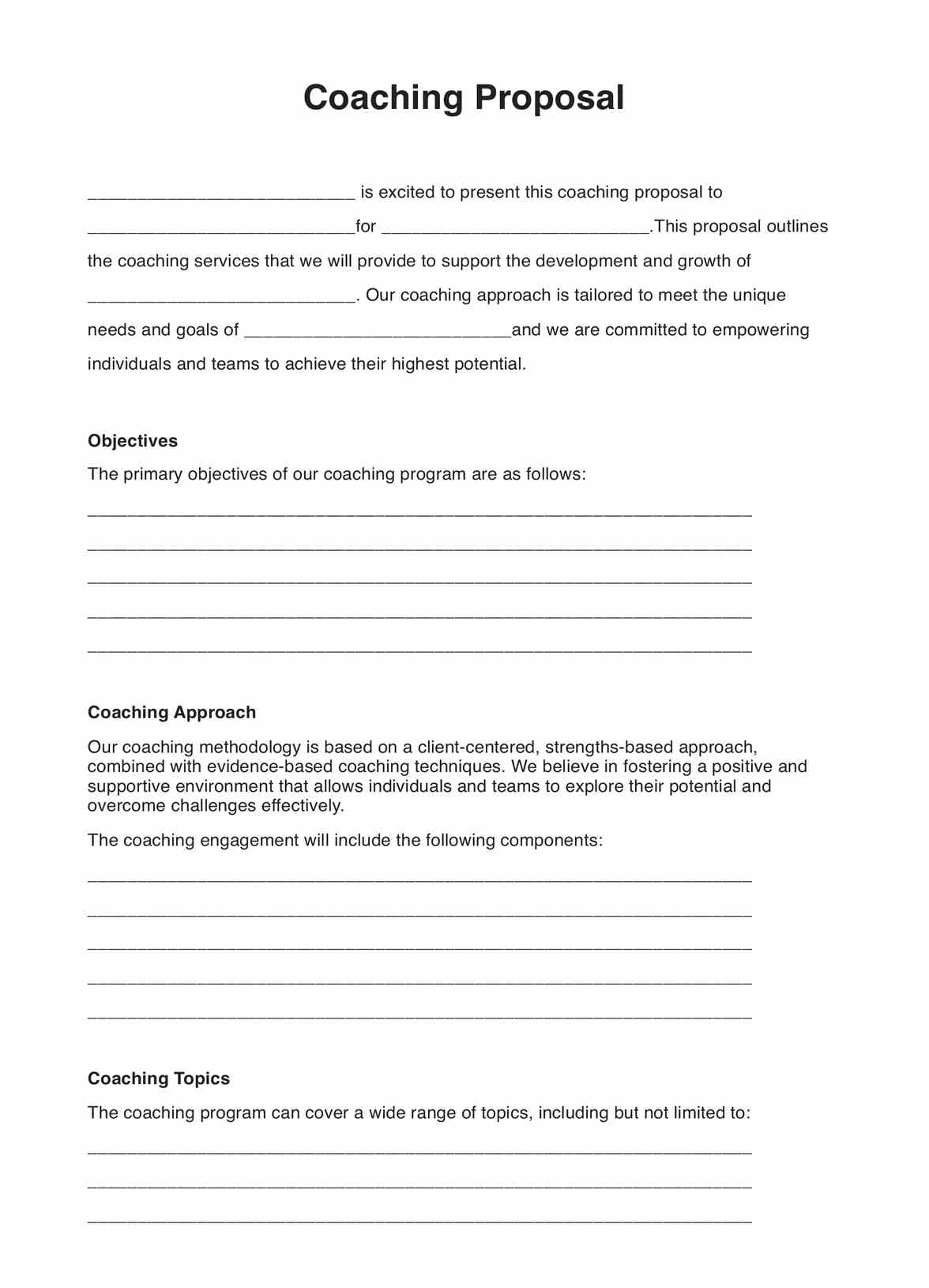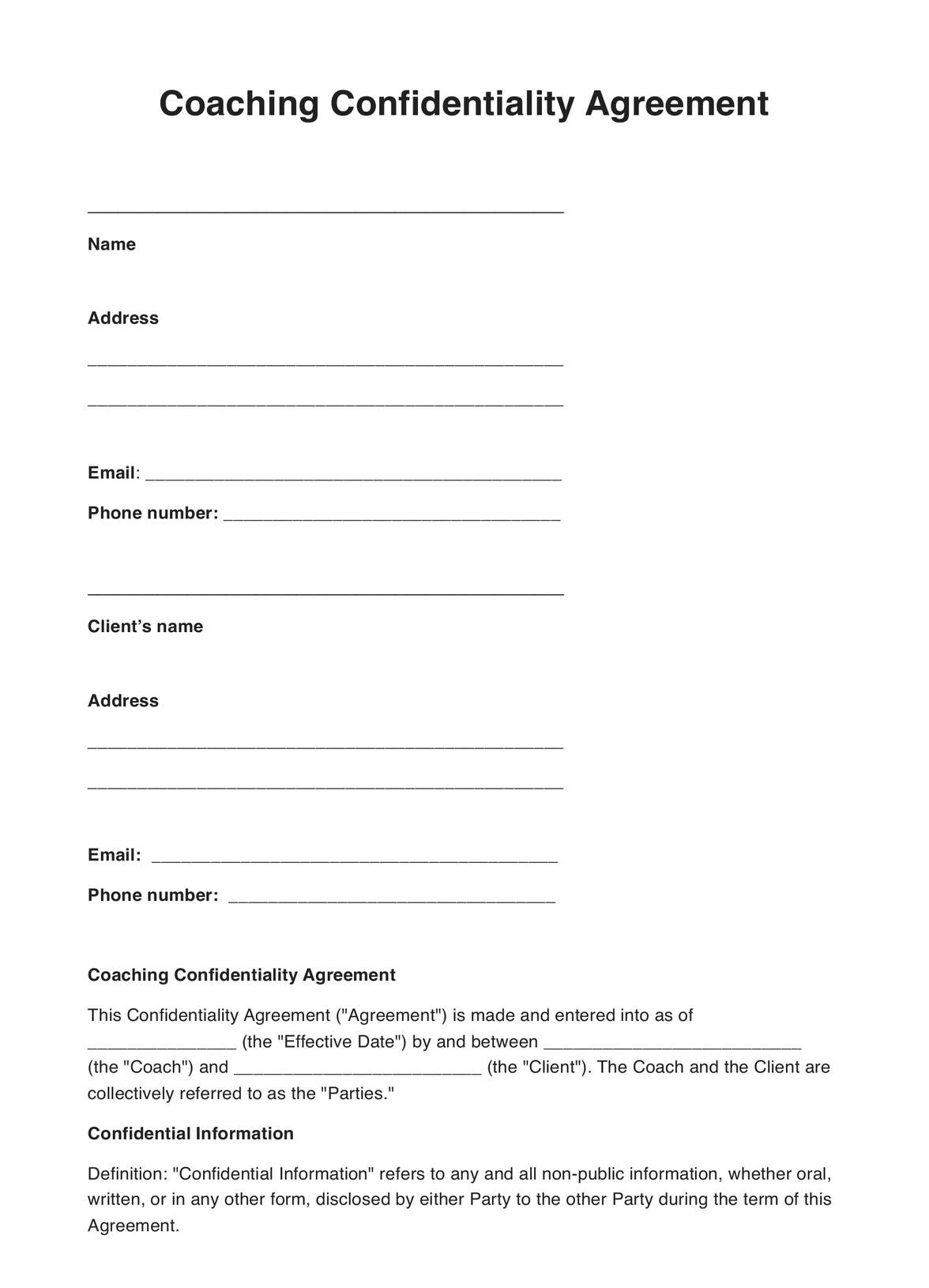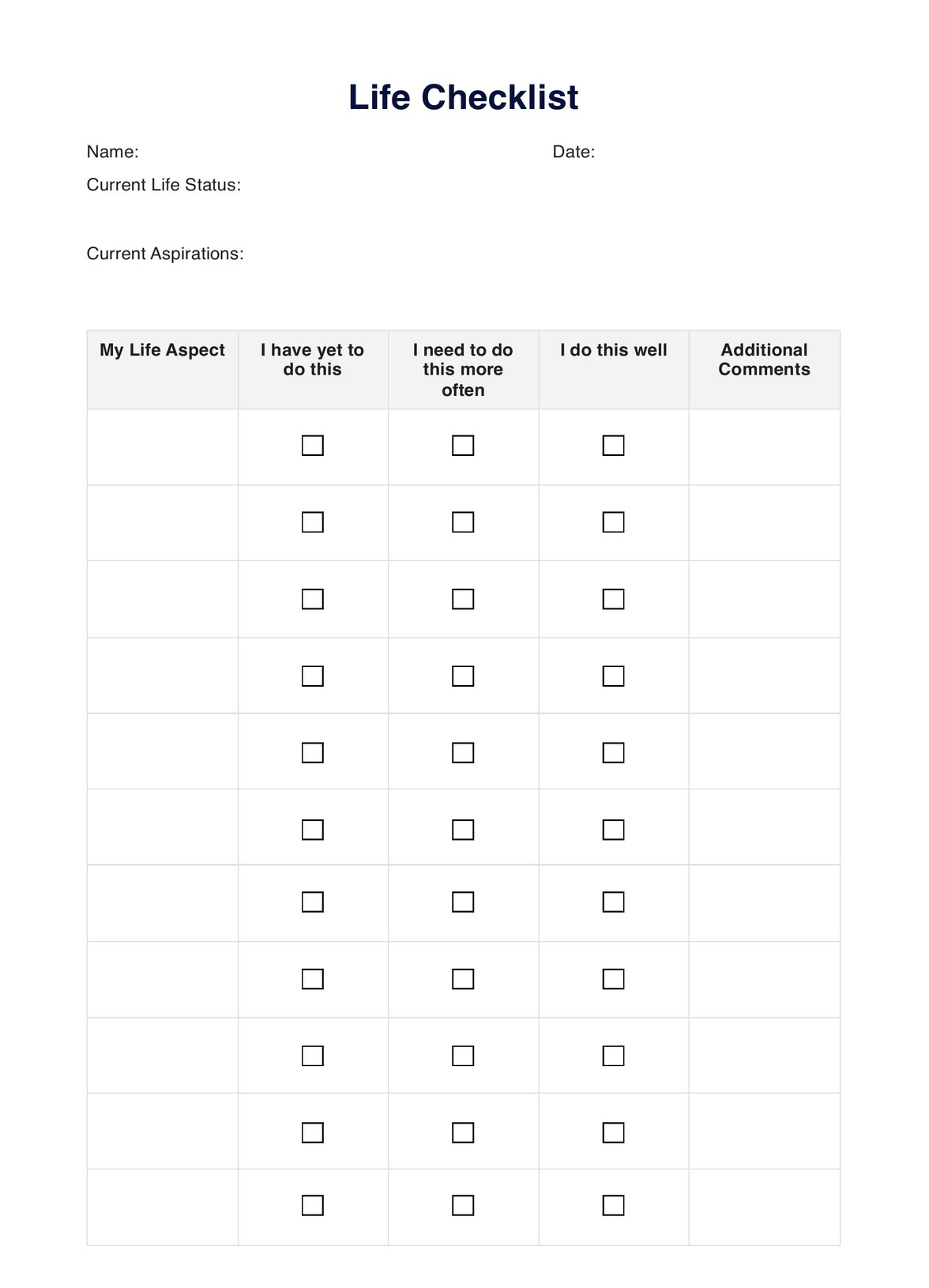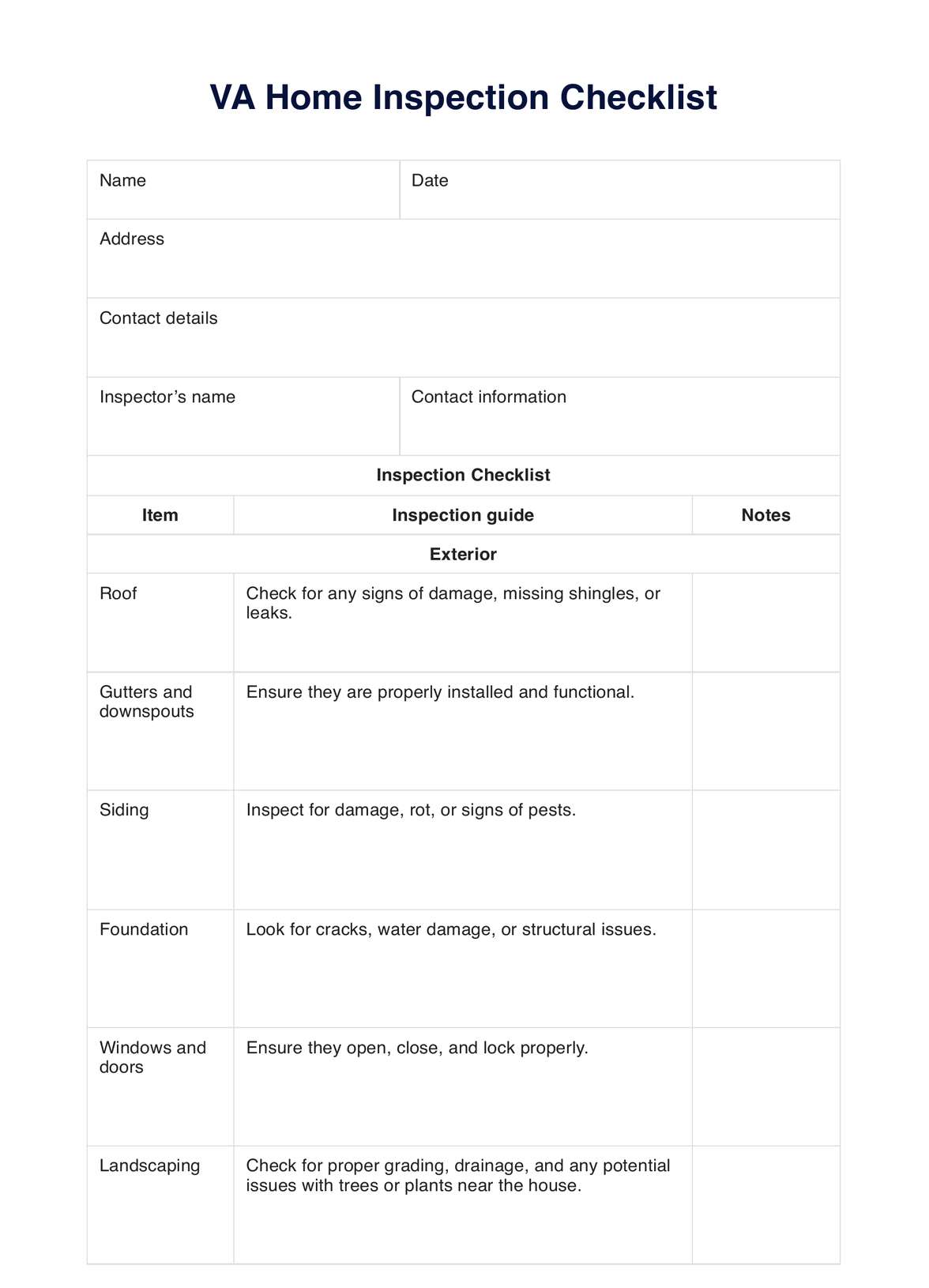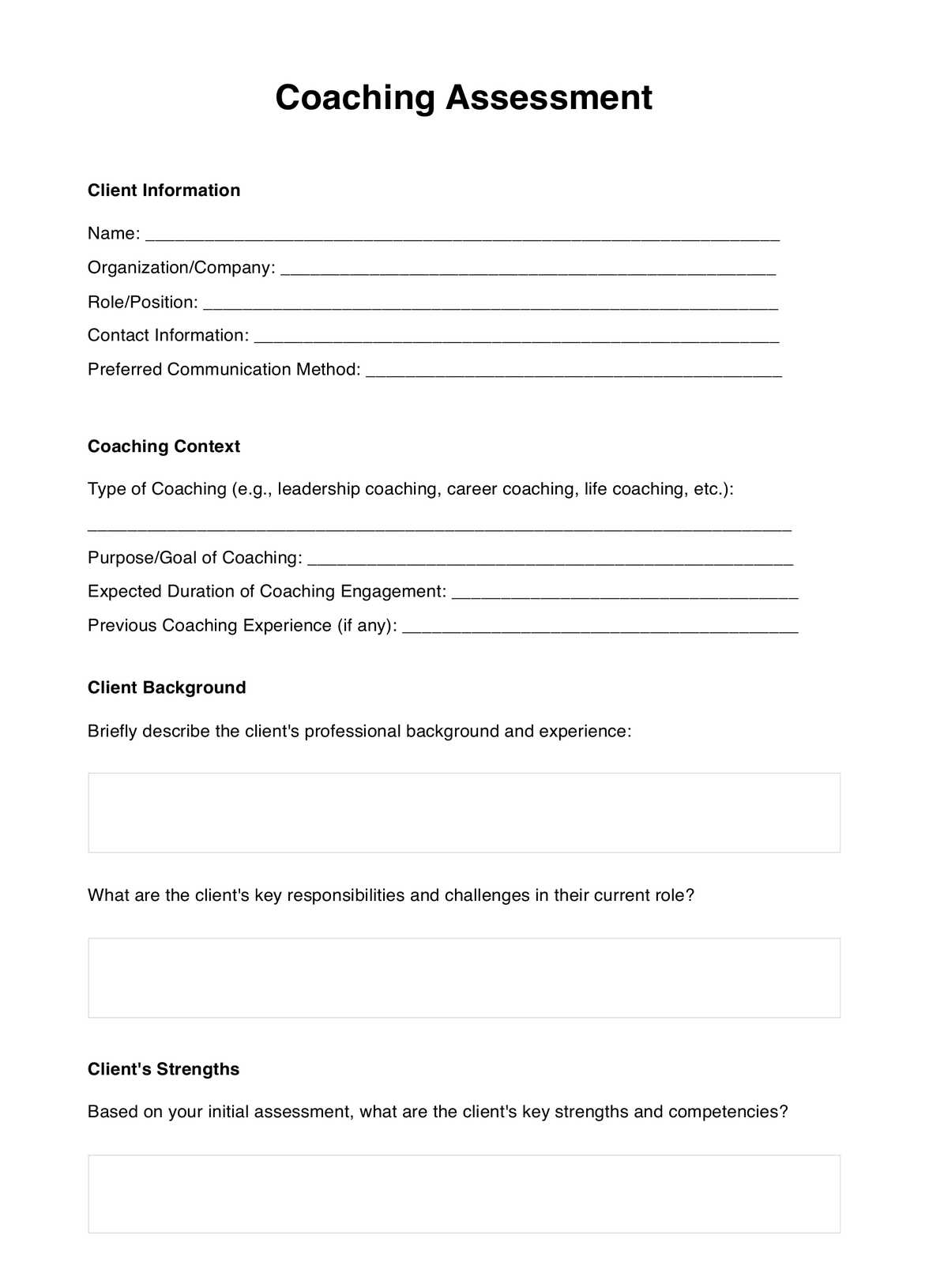Meeting Minutes
Make the most of your meetings with our structured Meeting Minutes Template, which includes a meeting agenda and action items.


What are meeting minutes?
Meeting minutes are a formal written record of what happens during a meeting. They capture the key discussions, the meeting summary, and any other important information that needs to be documented. These are essential requirements in corporate and board meetings. In the healthcare setting, meeting minutes are valuable for teams to stay aligned and accountable and ensure patient care and organizational operations continuity.
Meeting minutes are detailed summaries, a recap of the previous meeting, outlining the attendees, agenda items covered, main points discussed, decisions reached, tasks or action items assigned to specific individuals, and their due dates. Comprehensive and accurate formal meeting minutes allow everyone, including those unable to attend, to stay informed.
Key components of effective meeting notes
Effective note-taking during a staff or board meeting is an important form of documentation. Effective meeting minutes should include the following essential elements:
- Meeting date and time: Record the meeting's date, start time, and end time.
- Attendees: List the names and roles of all attendees, as well as any notable absentees.
- Agenda items: Outline the topics discussed during the meeting, including past meeting minutes and any supporting documents or materials.
- Key discussions: Summarize the main points, opinions, and arguments raised during each agenda item discussion.
- Action items: List any action items assigned, including the team member or person responsible, follow-ups, and due dates.
- Meeting summary: Provide a brief summary highlighting the key points and outcomes.
- Next steps: Outline any upcoming tasks, goals, or plans discussed for the future.
- Next meeting date and time: If applicable, note the date and time of the next scheduled meeting.
Meeting Minutes Template
Meeting Minutes Example
What are Meeting Minutes Templates?
A Meeting Minutes Template or a meeting notes template is a pre-formatted tool designed to help you accurately record the key points of your meetings, prevent tasks from falling through the cracks, enhance accountability and transparency, and keep a detailed record of the contents of a meeting series. The template helps in creating a concise meeting summary.
While minute-taking is a common practice, the accuracy and clarity of meeting minutes can be greatly enhanced using a Meeting Minutes Template. A template removes the need to format your own minutes and ensures that key details such as attendees, location, meeting date, and action items are not lost.
This Meeting Minutes Template is organized chronologically to aid you in taking down accurate and concise notes. It can be filled in digitally using the interactive PDF fields or printed out and filled out by hand if you prefer.
How does it work?
You can follow these simple steps to use our meeting notes PDF and streamline your meetings. Ensure you clearly outline the action items in each step.
Step 1: Fill out the meeting details
First, add the meeting details in the space provided. These details include the meeting name, venue, start time, attendees, and apologies. Recording these details makes it easy to organize your meeting minutes and easily access them again when you need them.
Step 2: Add agenda items
The meeting agenda can be added before the meeting to save time. It is divided according to each item and who will be presenting them.
Step 3: Discussion points
Following agenda items, you can transcribe any discussion points that arose in the table provided.
Step 4: Fill out action items
The last table is for filling in action items or tasks. This table includes an owner for each task and a date to review the task's progress to improve accountability and transparency. There is also a section for additional notes so you can add more information that might not be included in the previous sections.
Step 5: Store your document
Finally, store the completed Meeting Minutes Template in a secure and accessible location so all team members can access it when needed. We recommend keeping your minutes digital to take advantage of digital encryption and improve accessibility, but the template is also printable if you prefer.
Best practices in writing meeting notes
When it comes to writing effective meeting notes, several best practices can help ensure clarity, completeness, and ease of reference. Here are some key guidelines to follow:
Create a concise meeting summary
A concise meeting summary is crucial as it provides a quick overview of the discussion and decisions made, making it easier for attendees to recall important points.
Use a consistent format or meeting template
A standard structure for meeting notes can make them easier to read and refer back to. This could include sections for attendees, agenda items, discussions, decisions, action items, and next steps.
Be concise and use plain language
Meeting notes should capture the essentials without unnecessary fluff. Use clear, concise language and avoid jargon or acronyms that might confuse the other attendees and those absent.
Attribute statements and decisions
When documenting discussions and decisions, it's helpful to attribute them to specific individuals or roles. This provides context and accountability. Include clear action items to ensure that responsibilities and next steps are well-defined. This helps in tracking progress and accountability.
Capture action items clearly
Action items should be clearly stated, with the responsible party and due date noted. This helps ensure follow-through and accountability. Capturing action items clearly is crucial for effective task management and follow-ups.
Review and distribute promptly
Meeting notes should be reviewed for accuracy and distributed promptly to attendees and relevant stakeholders while the information is fresh.
Store notes centrally
Establish a centralized and accessible repository for storing and referencing past meeting notes. This will make tracking progress and referring to information much easier.
Commonly asked questions
The best format for meeting notes is a clear and concise summary that captures the key points discussed during the meeting. This can be achieved using a template that includes the date, time, attendees, and discussion summary. A well-structured format helps ensure that all important details are recorded and easily accessible.
To organize meeting notes on your computer, create a folder for each meeting and save the notes in a Word document or Google Doc. This allows for easy access and retrieval of the notes. You can also use tags or categories to further categorize the notes by topic or date. Additionally, consider using a cloud storage service like Google Drive or Dropbox to ensure your notes are accessible from any device.
The meeting minutes should include the following eight key elements: date and time, attendees, the purpose of the meeting, discussion points, action items, decisions made, any next steps or follow-up tasks, and a summary of the key takeaways. This ensures that all important details are captured and clearly records the meeting's outcomes and next steps.


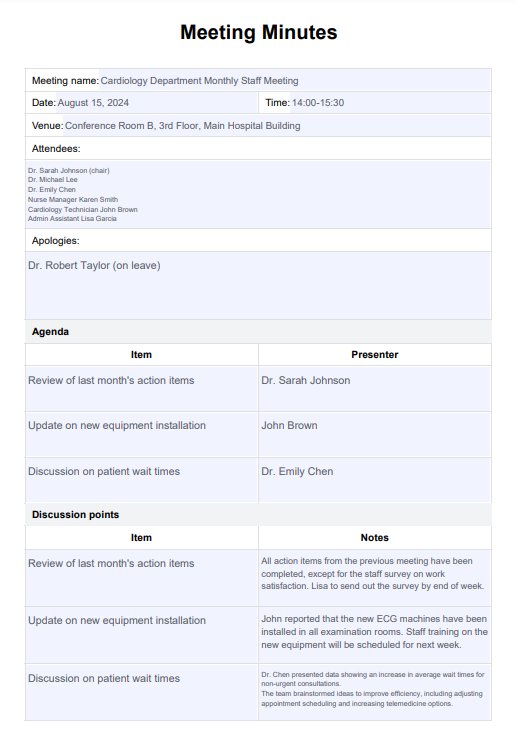
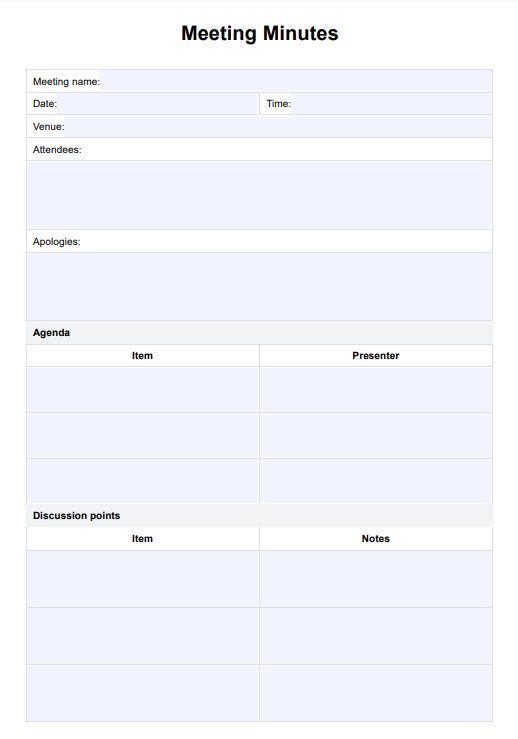
















-template.jpg)



















































































